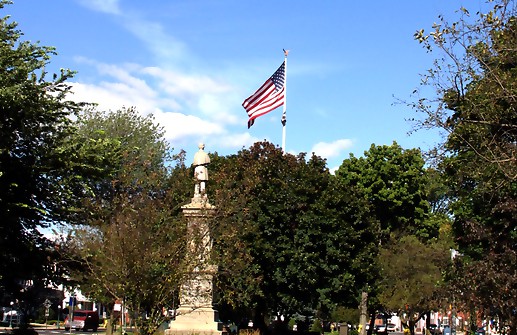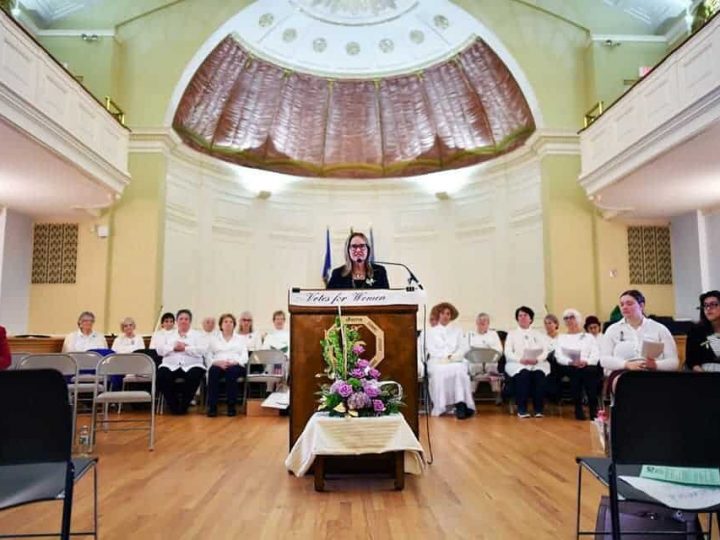
The spectacular 2012 fire that consumed acres of property at Beaver Brook Nature Preserve devastated more than just trees and bushes. The property on West Avenue was officially classified as “vacant,” but according to Steve Johnson, Milford’s Open Space and Natural Resources agent, the land offered shelter to “more life than most developed property.” The forest and marshes provided home, nourishment, and safety to dragon flies, butterflies, frogs, birds, and countless other varieties of wildlife. The wooden boardwalk that spanned the marsh wetlands provided access to visitors who came to enjoy the abundance of natural life thriving there.
Mayor Ben Blake enthusiastically supported plans to rebuild the destroyed bridge and increase the opportunity for citizens of Milford to enjoy the peace and quiet the area afforded. “When you’re on the Beaver Brook trail, you feel like you’re in the deep woods of Maine,” says Mayor Blake.
Steve Johnson led the way to reclaiming Beaver Brook, writing a grant for $500,000 from the Small Town Economic Assistance Program. Another $45,000 came from the Community Development Block Grant program. When contractors bid on the project, it became clear that the job would have to be divided into three phases. During this summer’s record-breaking, Millenium Builders (the company that dredged the pond on North Street) began work on Phase 1. In Phase 2 of the project, along with building the boardwalk, the company was contracted to enhance the lower trail area and mow the invasive phragmite common reed in order to provide a temporary protective buffer. Mayor Blake explained the need for eliminating the phragmites and other invasive weeds. “We aren’t sure how the fire started,” he says, “but we know that their presence contributed to its spread.”
Phase 3, scheduled for the fall of 2019, will improve the parking lot and provide a paved walkway to the lower loop trail. This will make parking lot access compliant with the Americans with Disabilities Act (ADA).
The mayor praised Johnson’s efforts in leading the renewal efforts. “Steve Johnson has done a fantastic job,” Blake says. “He is thoughtful and knowledgeable and he puts his heart and soul into everything he does for the city.” Johnson came to Connecticut from Michigan and Indiana where he spent most of his childhood. As a child, Johnson developed an interest in nature and conservation but he didn’t expect it to become his career. While he was a marketing major at the University of Connecticut, Johnson volunteered in the early days of the local Environmental Concerns Coalition and for several conservation projects and groups. His interest and curiosity about our ecosystem ultimately turned into a passion, inspiring him to change his career path. “He’s a Renaissance man,” Blake says.
Now, as he walks the muddy, uneven paths that will be replaced by visitor-friendly stone dust, Johnson identifies each plant, explaining its purpose in the area’s ecosystem, and points out flying and crawling wildlife, naming each and explaining its place in the environment.
The mutual goal of Steve Johnson, Mayor Blake, and other city residents and officials is to present Milford with another venue where city pride is justified. The new boardwalk measures 1,134 feet in length—slightly longer than the original—and features a bump-out where people can stand and enjoy their surroundings. It’s also slightly wider than the original, making it accessible to wheelchairs.
Johnson continues to seek funding to help future restoration efforts in the Milford conservation area. Until that time, the boardwalk stands ready for visitors.




